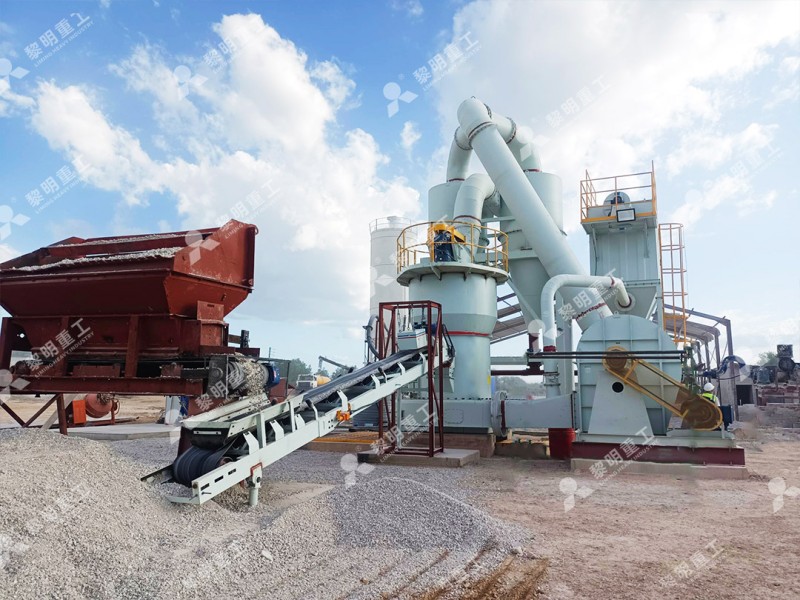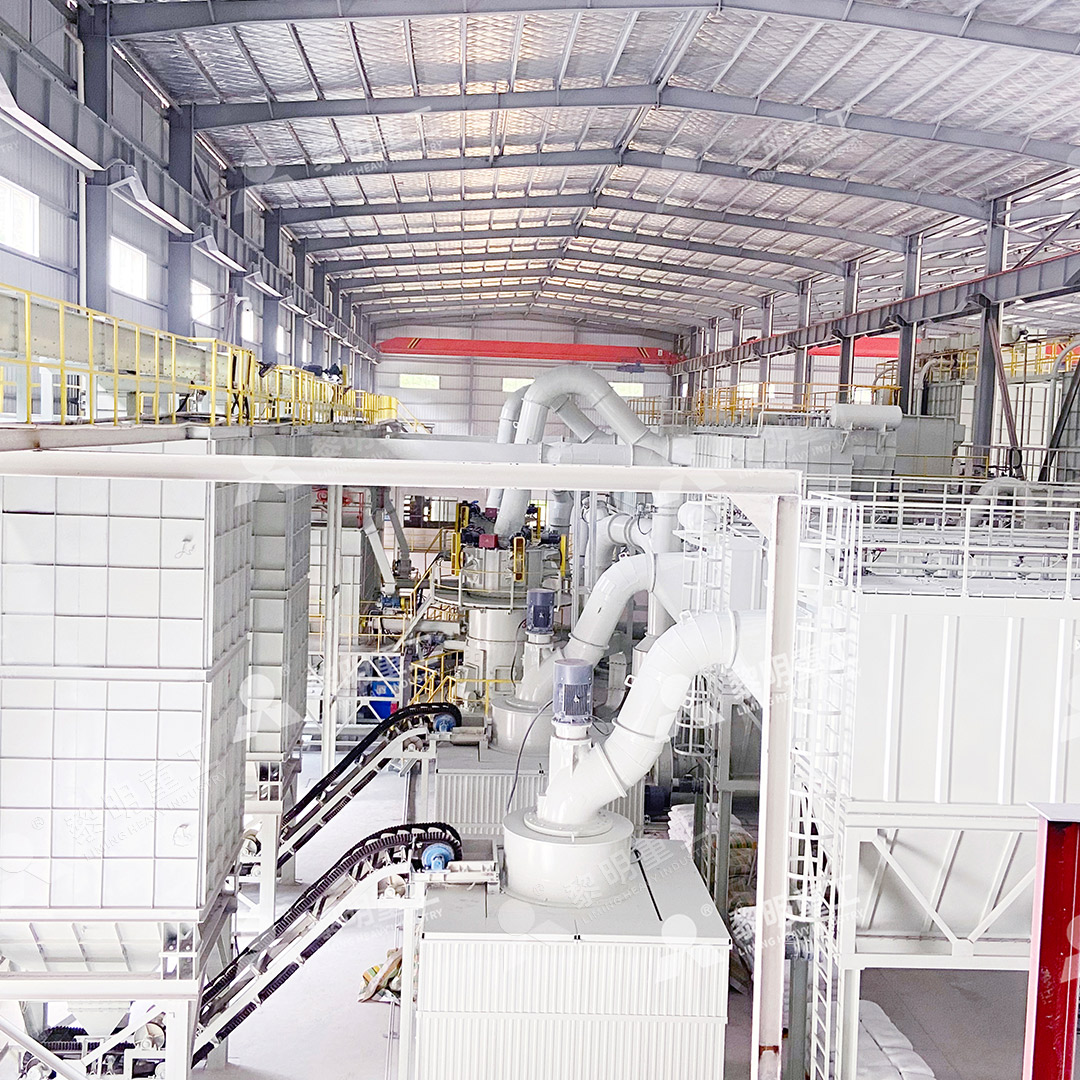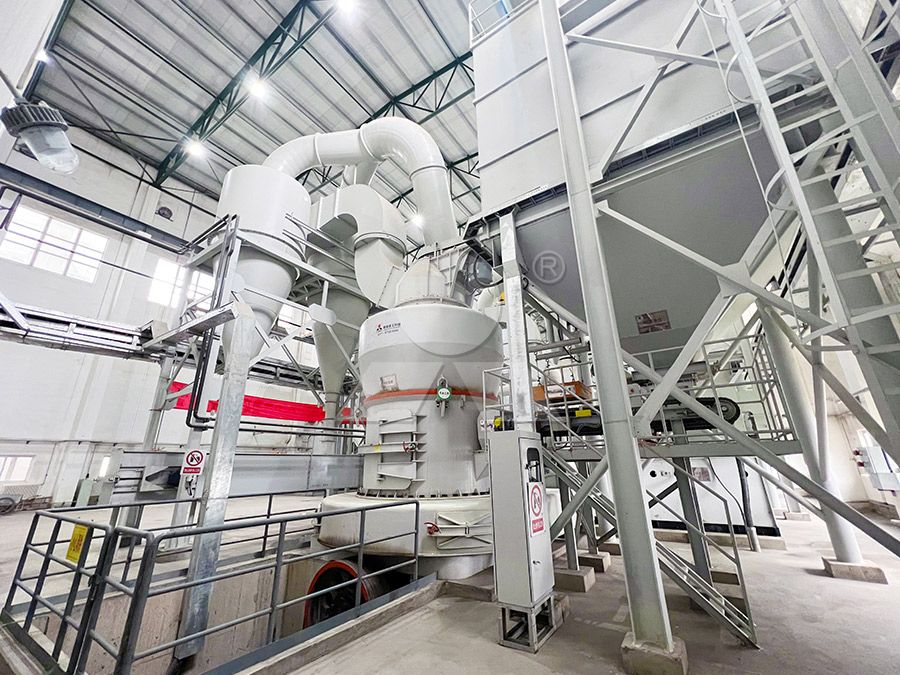High Efficiency 1250 Mesh Dolomite Grinding Mill for Fine Powder Production
We provide a wide range of mills — including Raymond mill, trapezoidal mill, vertical mill, ultrafine mill, and ball mill, obtained ISO9001 international quality certification, EU CE certification, and Customs Union CU-TR certification. Suitable for processing minerals such as limestone, phosphate, quicklime, kaolin, talc, barite, bentonite, calcium carbonate, dolomite, coal, gypsum, clay, carbon black, slag, cement raw materials, cement clinker, and more.
The discharge range of these mills can be adjusted to meet specific processing needs, typically from 80-400 mesh, 600-3250 mesh, and can achieve the finest particle size of up to 6000 mesh(D50).
If you are looking for a reliable grinding solution to turn stone or minerals into fine powder, please feel free to contact our online customer service.
Unlocking Superior Performance in Fine Dolomite Powder Production
The demand for ultra-fine dolomite powder has surged across numerous industries, from plastics and paints to construction materials and agriculture. Achieving consistent 1250 mesh fineness while maintaining production efficiency represents a significant technological challenge that requires advanced milling solutions.

The Technical Challenge of High-Fineness Grinding
Producing dolomite powder at 1250 mesh (approximately 10-12 microns) demands more than conventional grinding equipment. Traditional mills often struggle with energy inefficiency, inconsistent particle size distribution, and excessive wear parts consumption when pushed to these fine specifications. The ideal solution must balance precision grinding with operational economy.
Modern applications require not just fine particles but controlled particle distribution and minimal contamination. This is particularly crucial for high-value applications in pharmaceuticals, food additives, and premium coatings where product purity directly impacts performance.
Advanced Milling Technology for Superior Results
After extensive research and field testing, our engineering team has identified that successful 1250 mesh dolomite production requires three critical elements: precision classification systems, optimized grinding mechanics, and intelligent operational controls.

For operations requiring 1250 mesh dolomite powder with production capacities between 0.5-25 tons per hour, we strongly recommend our MW Ultrafine Grinding Mill. This advanced system represents a breakthrough in fine powder processing technology, specifically engineered to overcome the limitations of conventional mills.
The MW Series achieves its exceptional performance through several proprietary technologies. Its German-designed cage-type powder selector ensures precise separation accuracy, enabling consistent 1250 mesh production with screening rates achieving d97≤5μm in a single pass. The innovative grinding chamber design eliminates rolling bearings and screws entirely, addressing common failure points that plague traditional grinding systems.
Operational Excellence and Environmental Compliance
Beyond mere particle size reduction, modern grinding operations must address environmental concerns and operational efficiency. The integrated pulse dust collector and muffler system ensures dust-free operation while maintaining noise levels within strict environmental standards. This comprehensive approach to mill design means operations can continue 24/7 without environmental compliance concerns.
For operations with different capacity requirements or specific space constraints, our LUM Ultrafine Vertical Grinding Mill presents an excellent alternative. With its advanced grinding roller technology and German powder separating technology, the LUM Series offers exceptional performance for operations requiring 5-18 tph capacity with input sizes up to 10mm.

Real-World Performance Metrics
Field data from multiple installations confirms that the MW Ultrafine Grinding Mill delivers 40% higher production capacity compared to jet mills and stirred grinding mills at equivalent fineness and power consumption. The energy savings are equally impressive, with system energy consumption reduced to just 30% of comparable jet grinding mill systems.
The financial implications of these performance improvements are substantial. Operations typically see a complete return on investment within 12-18 months through reduced energy costs, lower maintenance requirements, and increased production throughput.
Frequently Asked Questions
What is the typical energy consumption for producing 1250 mesh dolomite with the MW Ultrafine Grinding Mill?
The MW Series consumes approximately 30% less energy compared to traditional jet mills while achieving the same production output and fineness. Specific consumption varies with material characteristics and production rates.
How does the mill handle variations in raw material moisture content?
Both the MW and LUM series incorporate integrated drying capabilities, handling materials with moderate moisture content without requiring pre-drying systems. For high-moisture materials, optional heating systems are available.
What maintenance intervals can we expect with the bearing-free grinding chamber design?
The absence of rolling bearings and screws in the grinding chamber significantly reduces maintenance requirements. Typical maintenance intervals extend to 6,000-8,000 operating hours for comprehensive inspections.
Can the same mill process other materials besides dolomite?
Absolutely. Both the MW and LUM series efficiently process various non-metallic minerals including limestone, calcite, barite, marble, and talc, making them versatile investments for multi-mineral operations.
What technical support is available during installation and operation?
We provide comprehensive technical support including installation supervision, operator training, and ongoing technical consultation. Our sufficient spare parts supply ensures worry-free operation with minimal downtime.
